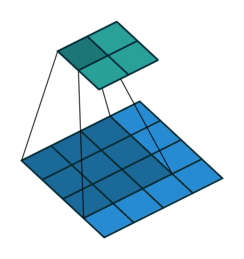How Sampling on a Spherical (Polar) Coordinate Can be Biased
Continuing from last week’s discussion on the volume of a hypersphere, we’re going to take a look at how to uniformly sample points on a 3D sphere (also applies to N-dimensional Hyperspheres), and the common pitfall that comes with it.
Let’s say you are building an algorithm that spawns Pokemons at random locations all around the globe for the game Pokemon Go. The first thing you might do is to uniformly sample locations on Earth to spawn your Pokemons. To do so we’ll assume that the Earth is a perfect unit sphere (radius equals 1).




